Mentions "Product of Canada", "Made in Canada", "Assembled in Canada"... how to find your way around without being fooled?
As a responsible consumer (or at least, who tries very hard to be), I always try to know the country of manufacture of a product before getting it. I won't dwell on explaining the benefits of buying local, since the subject has already been covered in the article right here , but in terms of labeling, even an informed consumer can have difficulty disentangling the true from false.
“Product of Canada” / “Product of Quebec”
First of all, it is important to know that the "Product of Canada" label is the strictest in terms of the manufacturing steps. For a product to display this mention, it must meet the following two conditions:
- 1) The last substantial transformation took place in Canada;
Substantial transformation means that the goods must have undergone a fundamental change in their form, appearance or nature. A change that causes the result of the transformation to be a new and different item than it was before the transformation.
- 2) 98% of direct production or manufacturing costs were incurred in Canada.
This criterion means that the manufacturing process of the product must have been carried out at 98% in Canada. This implies that the raw materials used in the manufacture are of Canadian origin, that the transformation of these raw materials was carried out here and that the labor employed in the process is Canadian – all in a proportion of 98%.
Given the restrictions and the nature of the category, it is mainly food products that are part of this category or even furniture whose wood and tools are of Canadian origin. It should be noted, however, that in the case of food, the mention only takes into account the content and not the packaging. A food product entirely manufactured and processed in Canada may bear the words "Product of Canada" or "Product of Quebec" even if it is sold in a container from another country.
Some examples of products from Canada: Maple syrups from Virgin Mady , carbonated waters from Harrington Sparkling Botanicals , fir honey fromJérémie Postel and Quebec wood products from Bois Belleau
"Made in Canada" / "Made in Quebec"
As for the statement “Made in Canada”, it can be affixed to a product if the following conditions are met:
- 1) The last substantial transformation took place in Canada;
- 2) At least 51% of the direct production or manufacturing costs were incurred in Canada;
- 3) The statement "Made in Canada" is accompanied by a descriptive statement, for example, "Made in Canada with imported components".
The principle is essentially the same as the mention “Product of Canada”, but here, it only requires that the majority (51%) of the transformations have taken place on Canadian or Quebec soil. In addition, it is important to take into account that a product bearing the mention "Made in Canada" must normally specify that certain components are imported. In some cases, the company will clearly indicate the country of origin of the imported components, while other companies will prefer not to specify it. If a product is labeled "Made in Canada" but is not accompanied by a descriptive statement, consumers or competitors may be tempted to file a complaint with the Competition Bureau, which would trigger an investigation. on the accuracy of such an indication.

Annie 50 , 100% made in Montreal
Some examples of products made in Canada: Audvik winter coats, Annie 50 clothing and accessories, Luvo Candles scented products, as well as all products from the Signé Local directory that do not fall into the “made in Canada” category.
Any other reference to "Canada"
We often see products labeled “Assembled in Canada”, “Sewn in Canada” or “Packed in Canada”. On the other hand, it is important to know that no rule limits the use of these mentions – provided that the information is true. A company that does not meet the conditions mentioned above could therefore turn to the use of another wording to precisely indicate the manufacturing or processing step that was carried out in Canada.

credit: Unsplash
This indication also includes the use of "Designed in Canada", which is often confused with the statement "Made in Canada".
The best example to illustrate this difference is inflatable paddle boards. Canada does not currently have the expertise to manufacture this type of board. The inflatable boards sold by Canadian companies are, for the most part, "designed" in Canada or Quebec, ie the design is thought out here, while the production is generally carried out in Asia. However, rigid boards can be made locally.
This is why it is important to take the time to learn about the real origin of a product when it is not accompanied by the mention "Product of Canada" or "Made in Canada".
The use of Canadian symbols
The use of any graphic representation (logo, image, symbol such as the Canadian flag or the maple leaf, etc.) can easily give as strong and effective an impression as the statement "Made in Canada". This is why any clarification aimed at qualifying this perception must be clearly placed so that consumers notice it and understand its importance. A product bearing a red Canadian flag, but not made in Canada, risks misleading the consumer and incurring penalties from the Competition Bureau.
It should be noted that a company is not obliged to register the origin of its product. It is therefore at the discretion of a company whether or not to indicate the source, but when it decides to do so, it must comply with the rules of use.
Unraveling all these mentions can be a real headache, but know that in case of doubt, it is always your right to contact the Competition Bureau for verification.
These provisions would also apply to indications concerning the province of origin.
Source: The claims "Product of Canada" and "Made in Canada"

Revisited February 2022


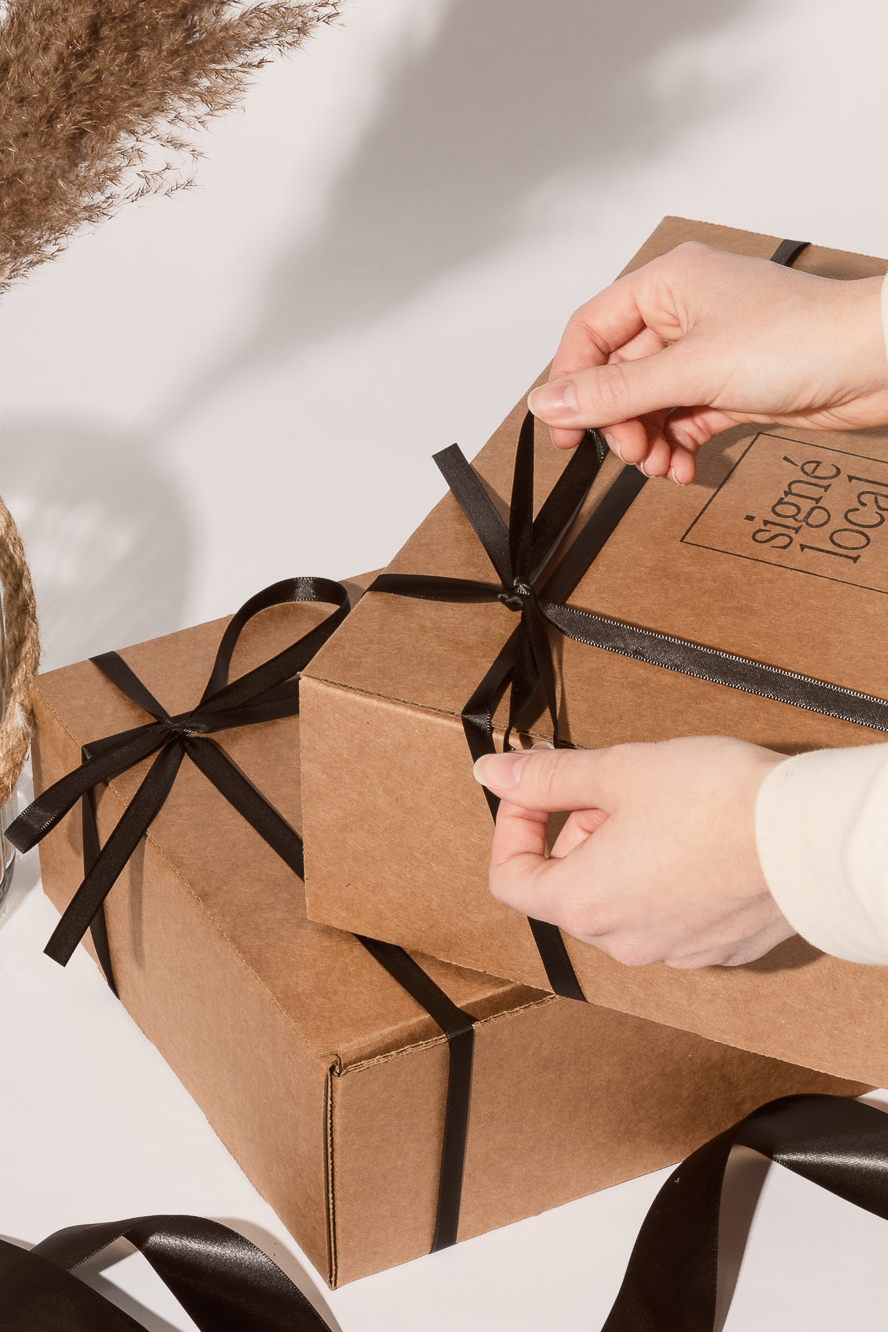


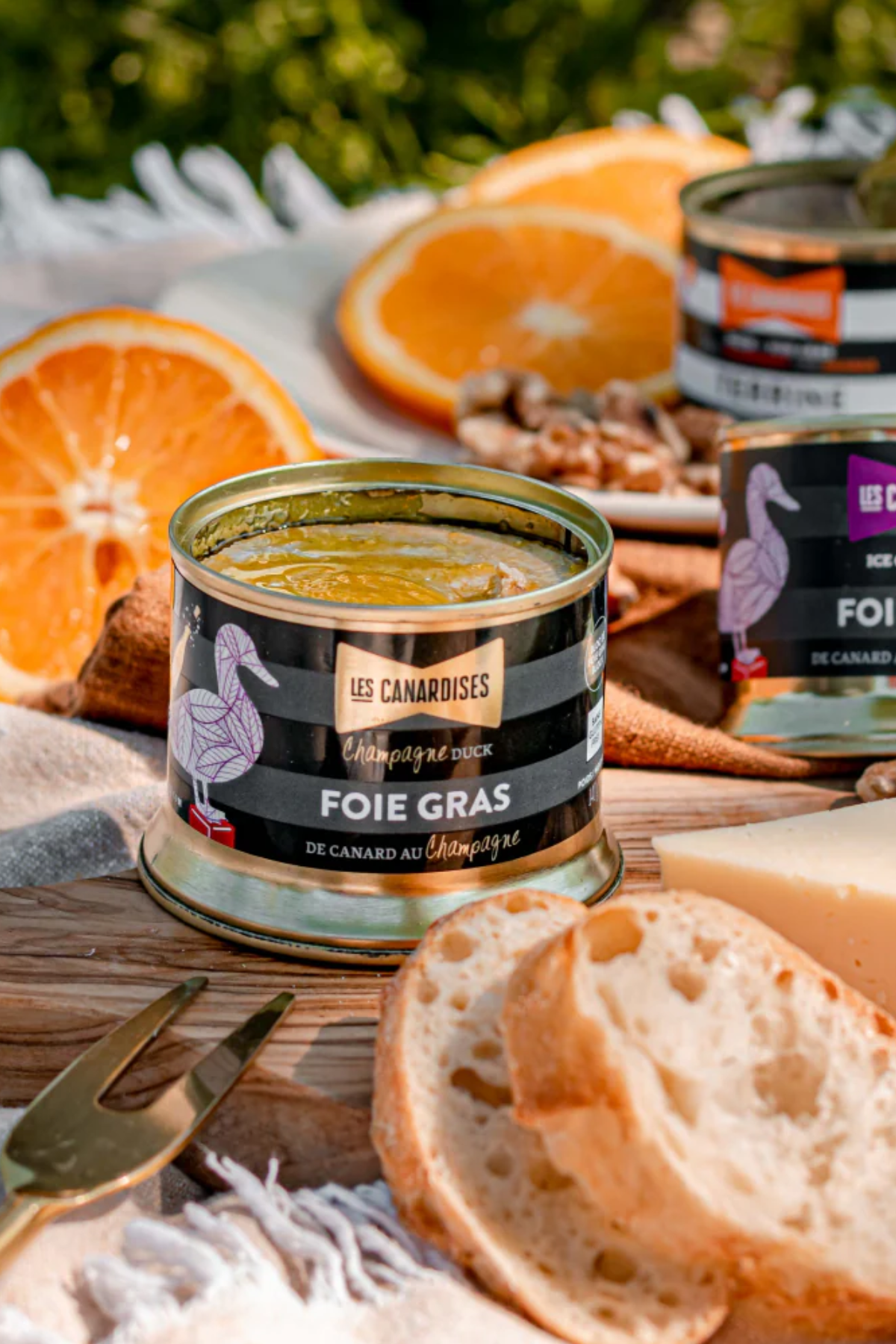
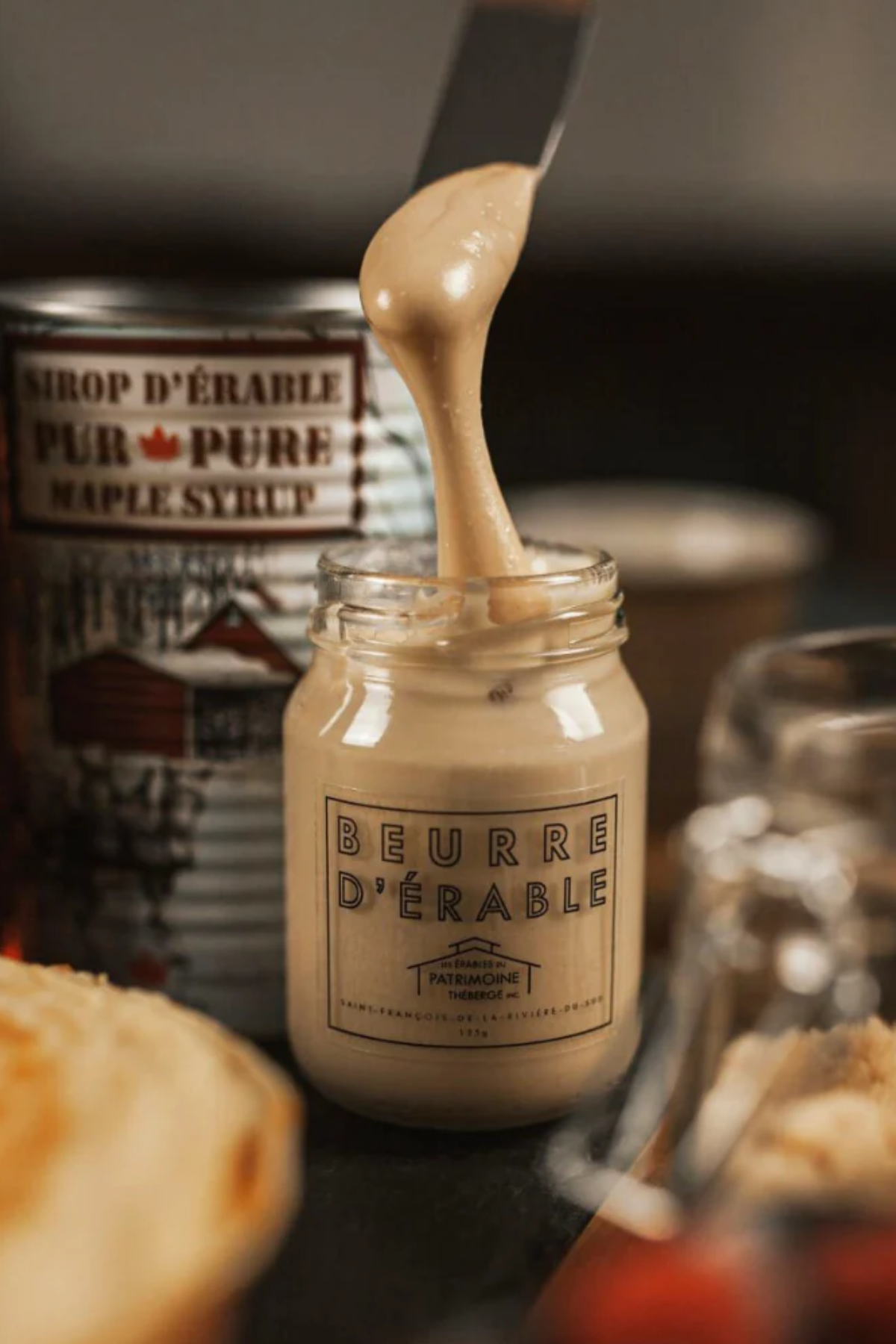
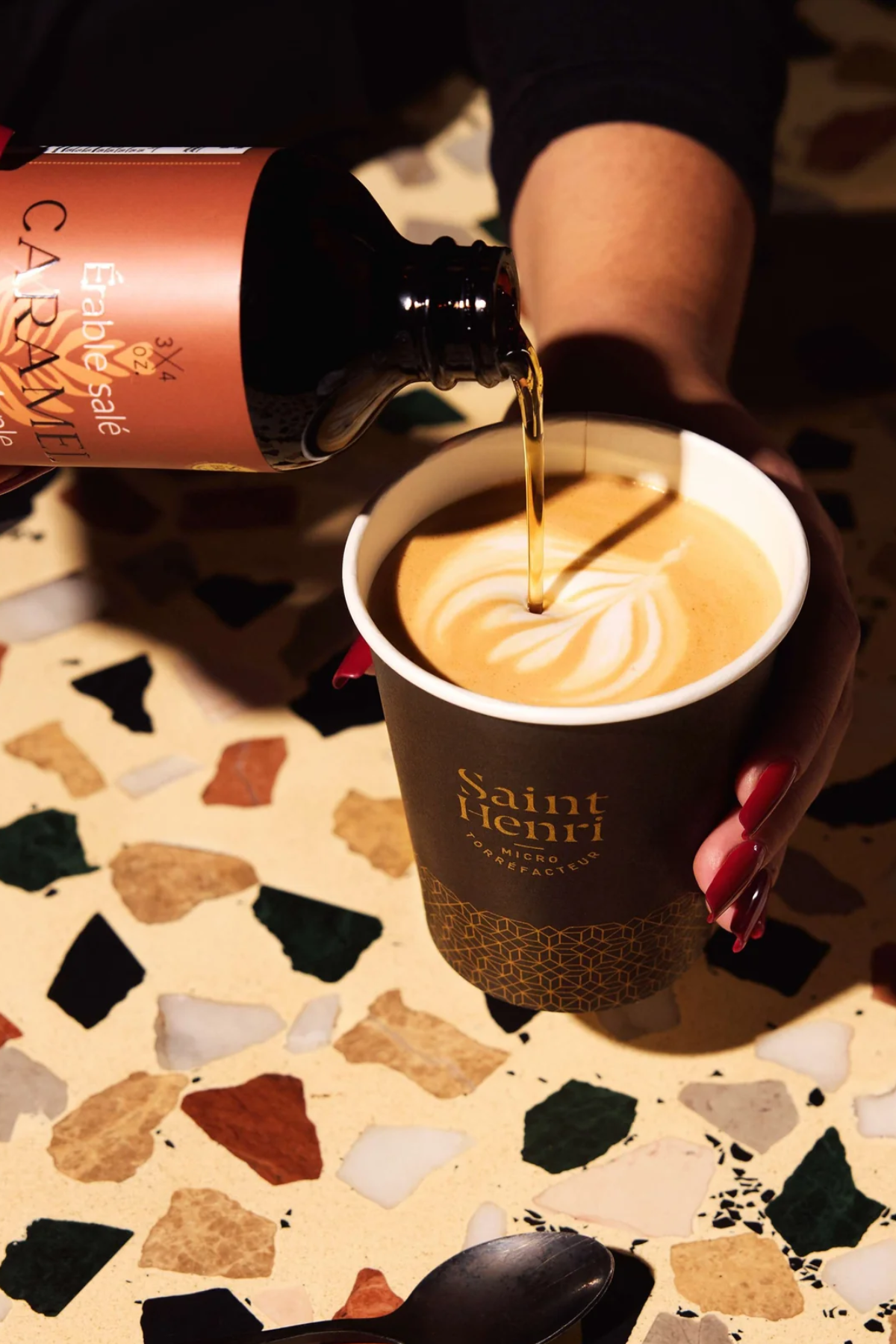


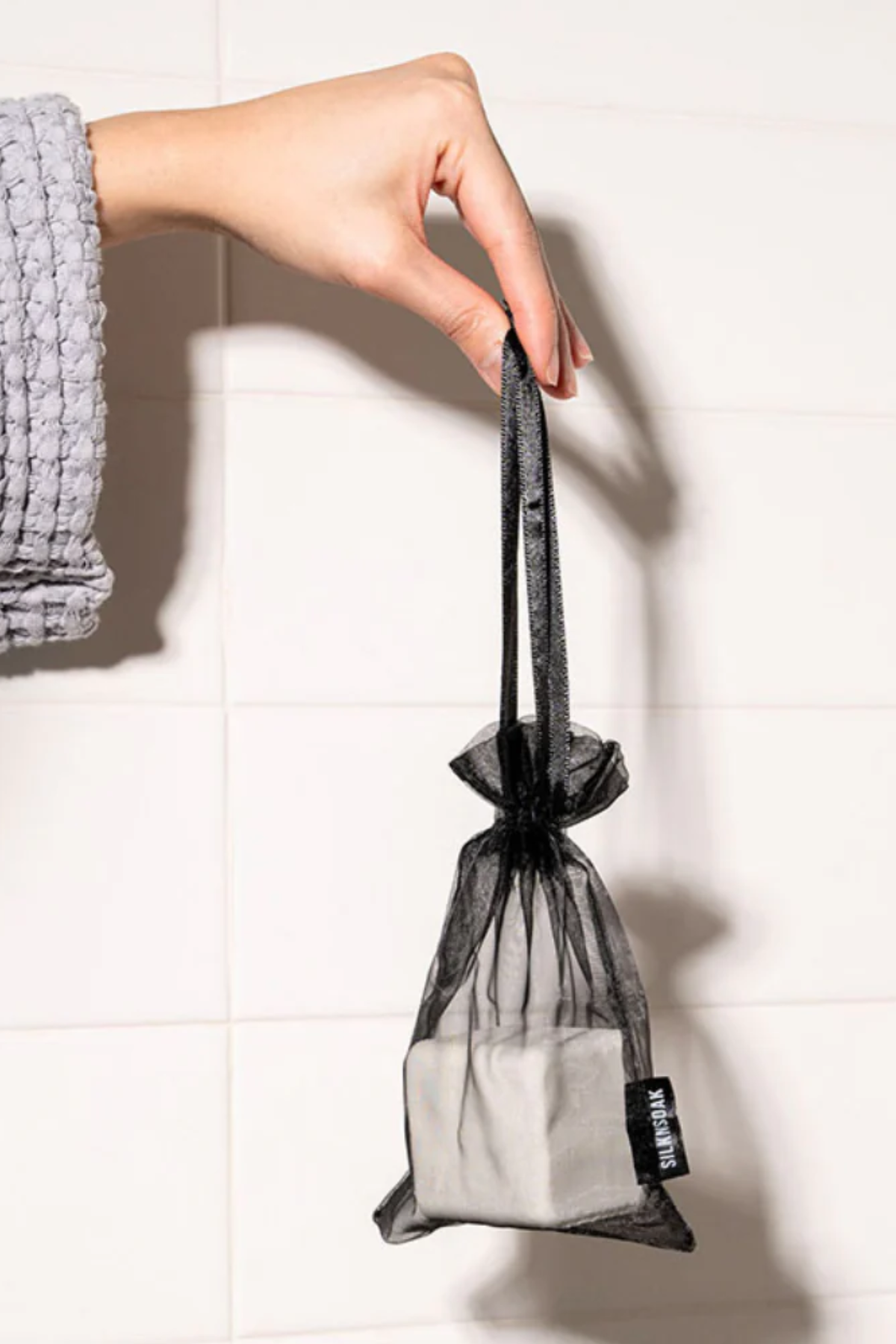


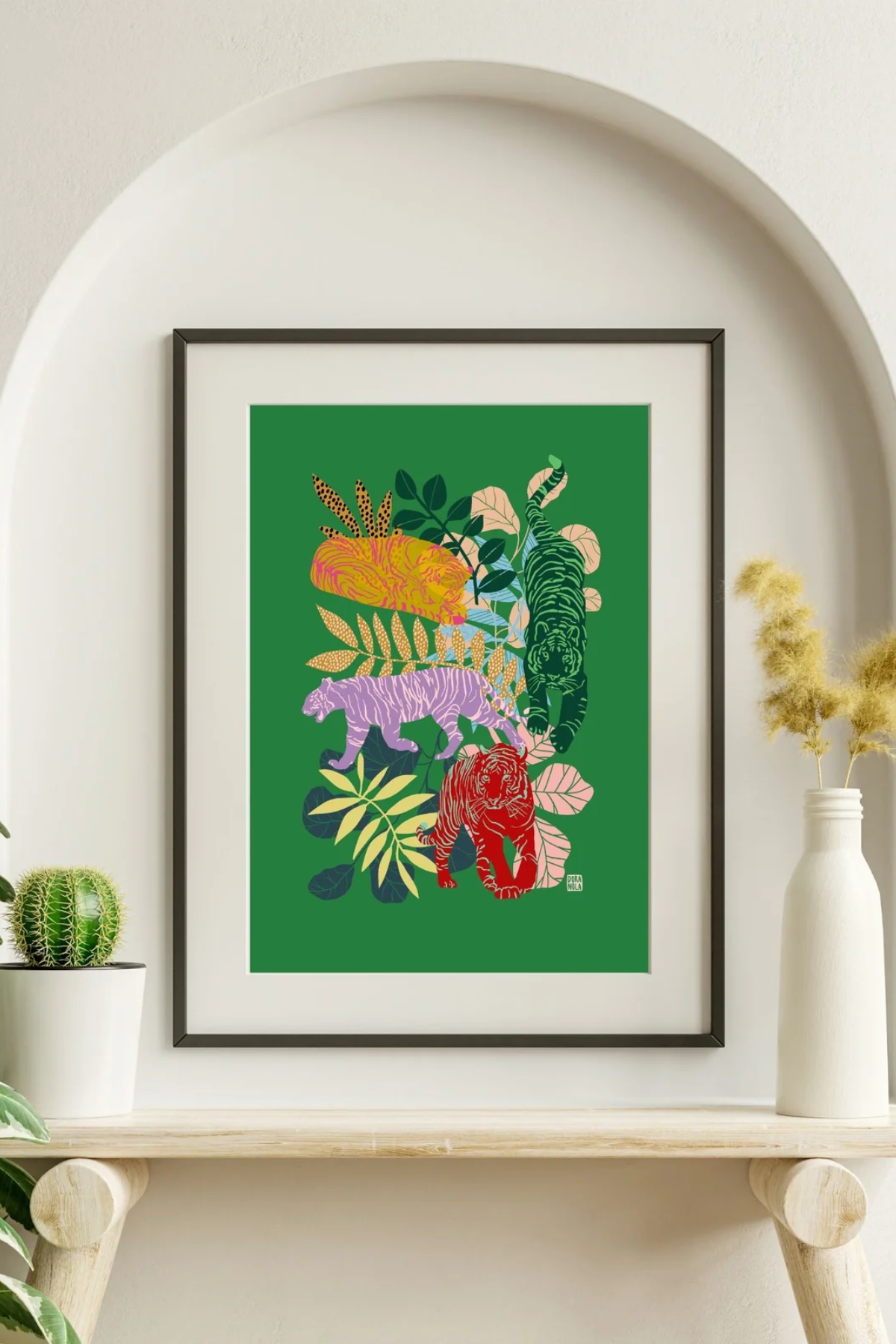
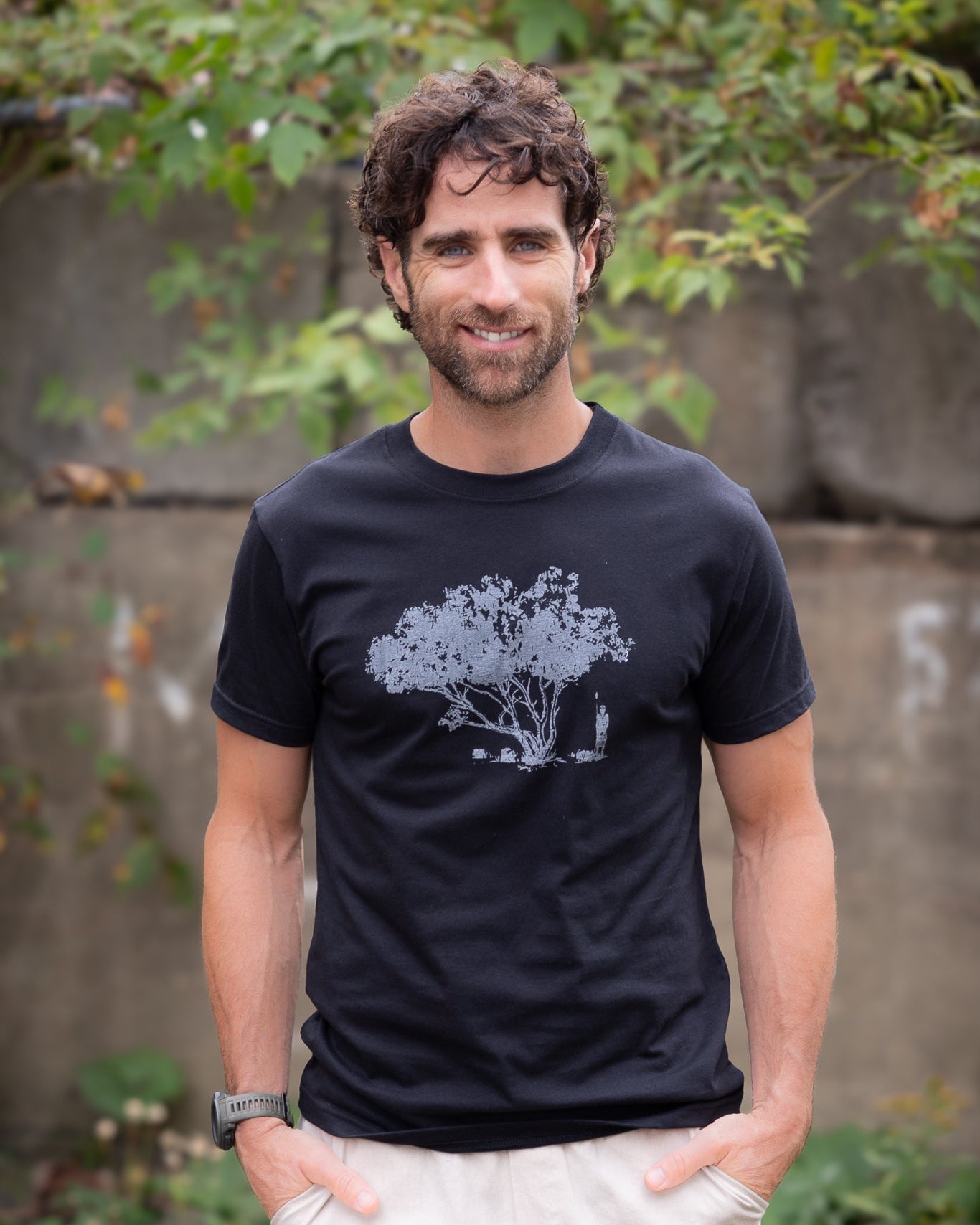




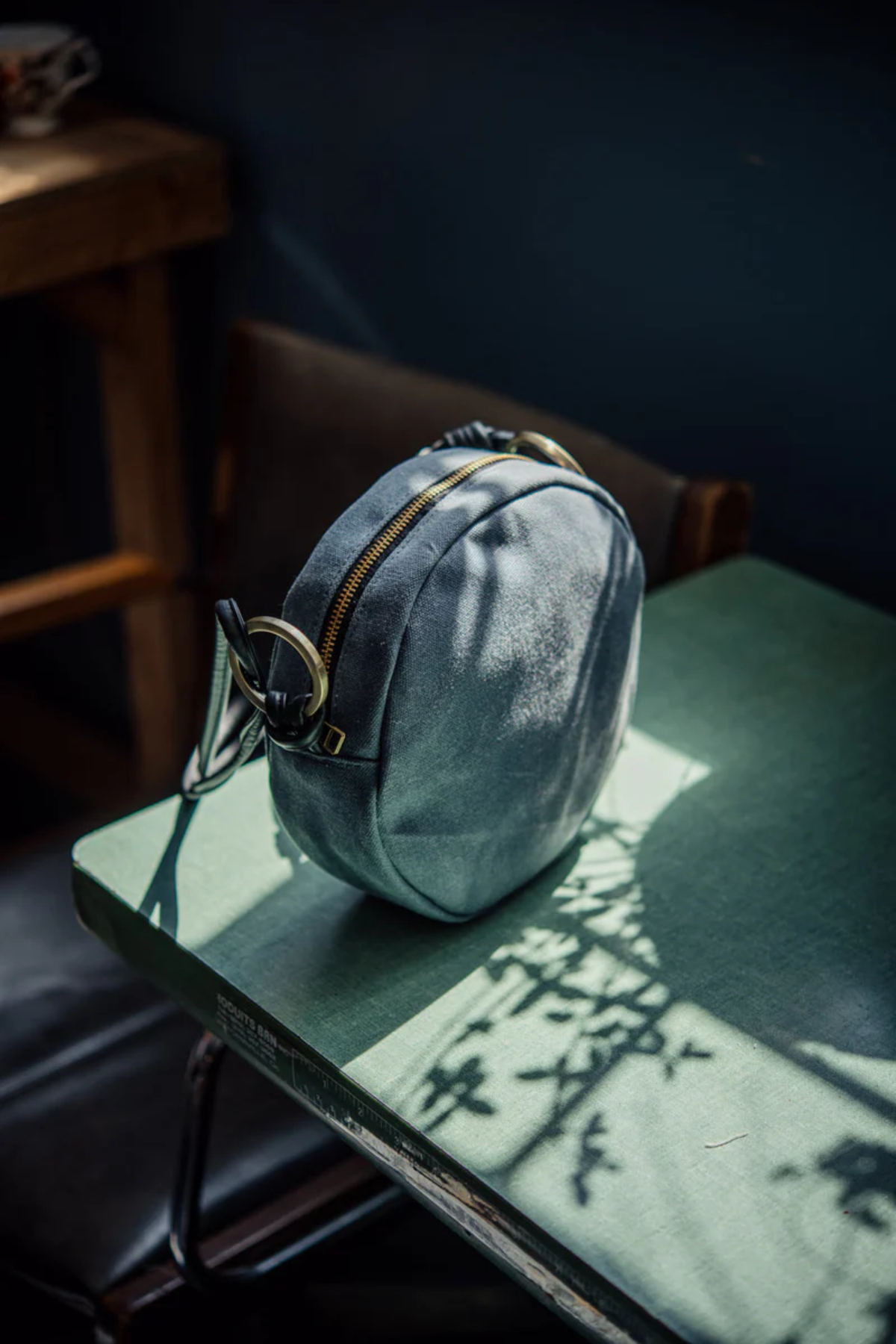
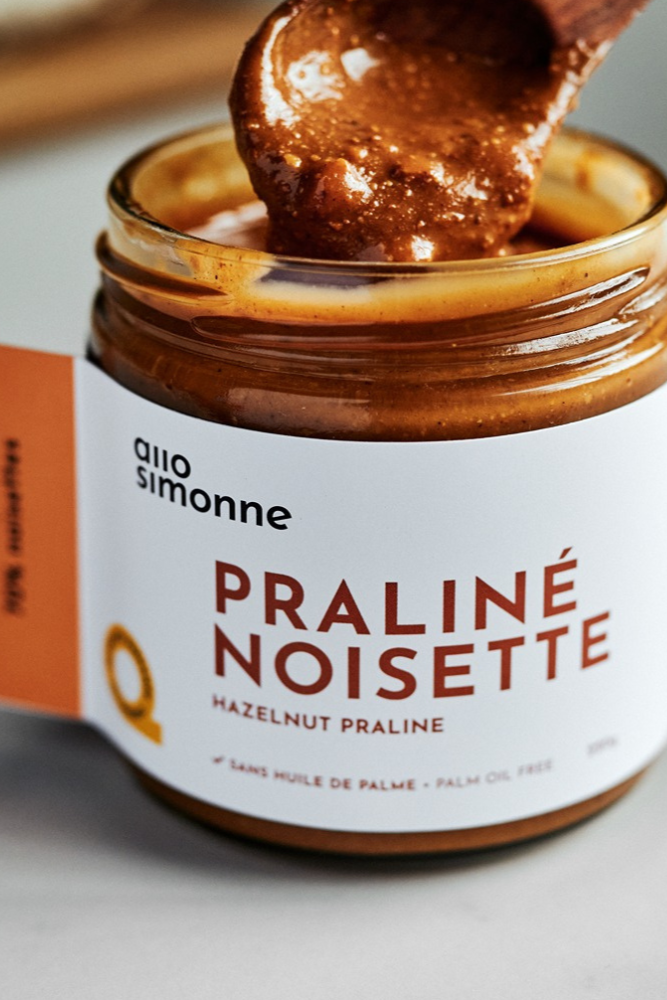
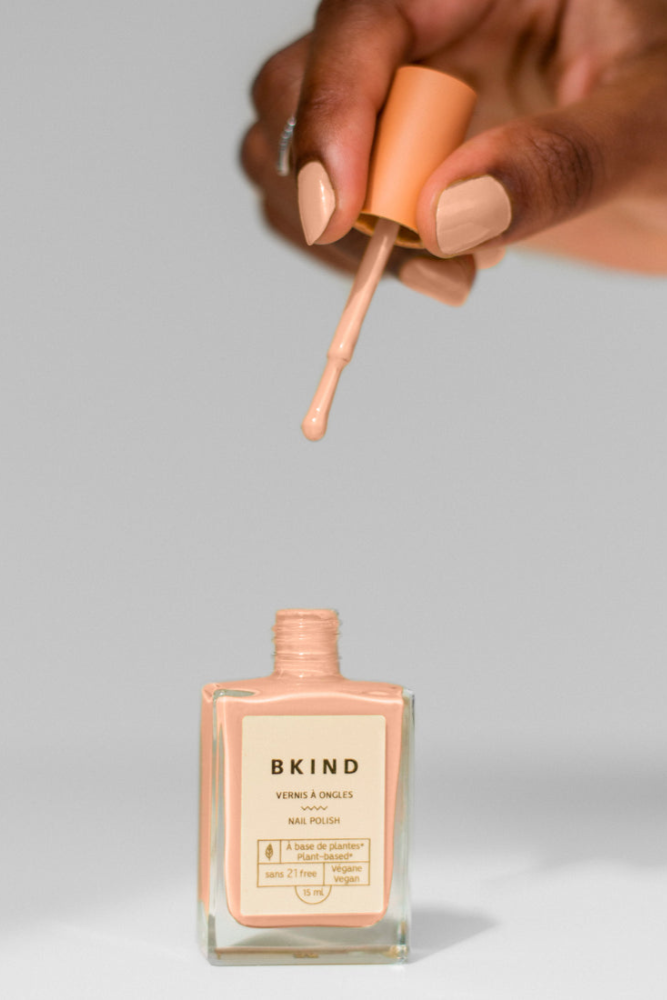
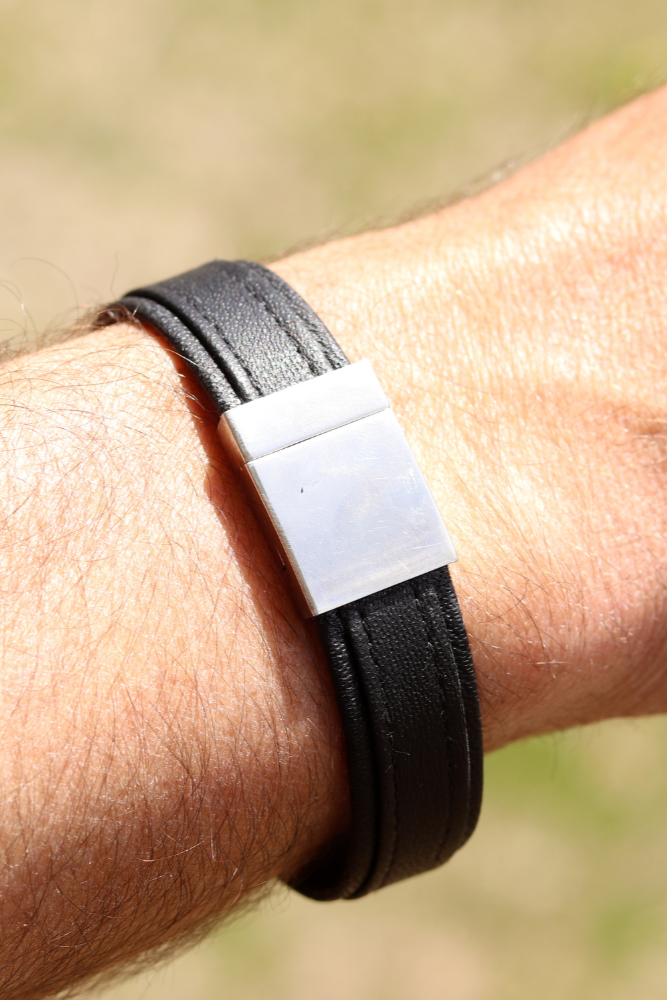

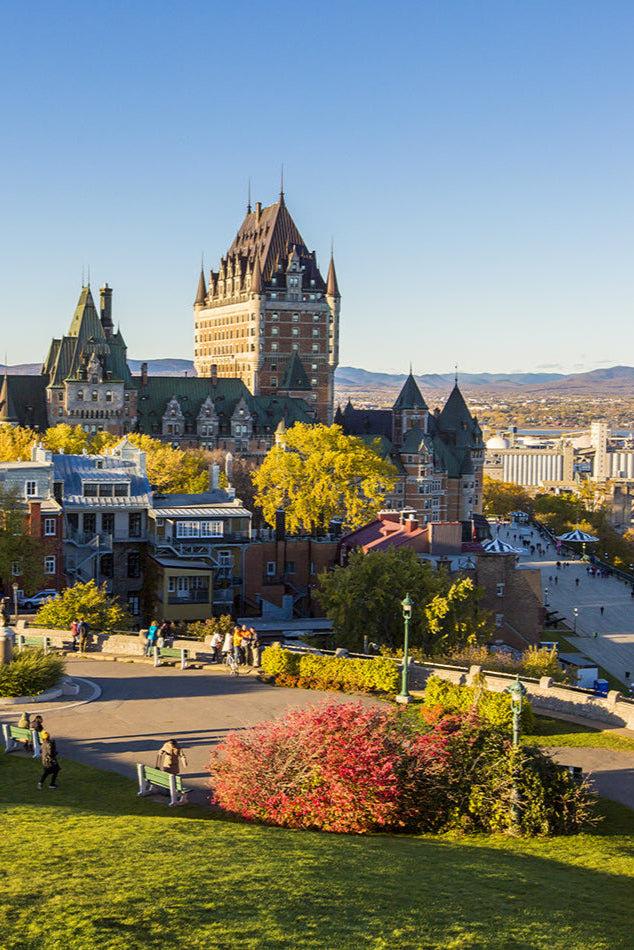
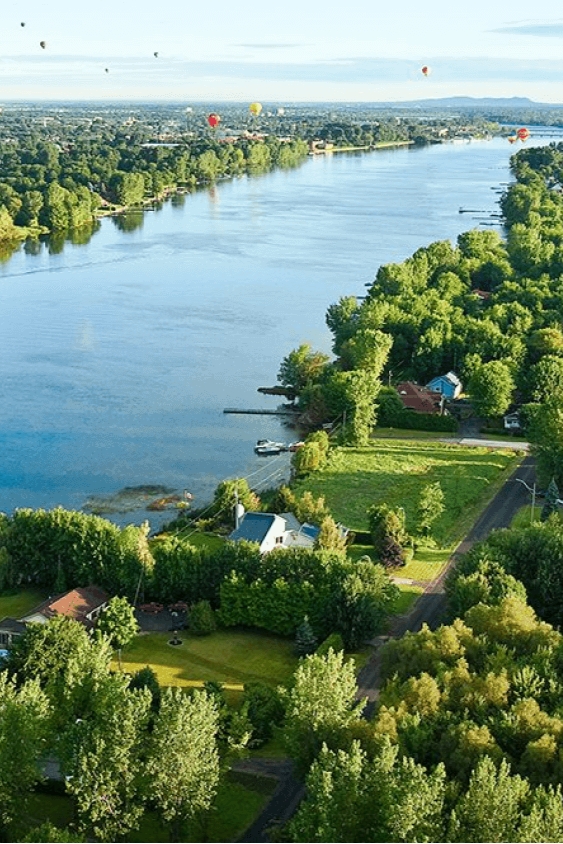

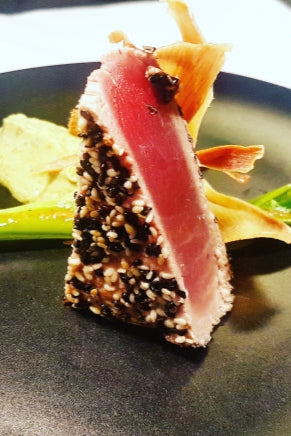

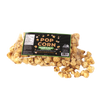
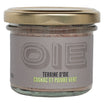
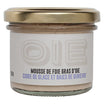

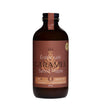
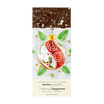
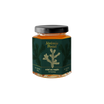
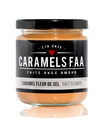
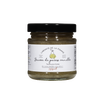
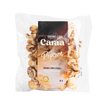
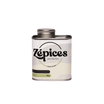
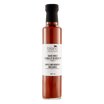
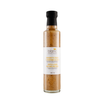
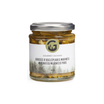
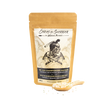
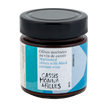
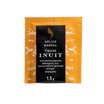
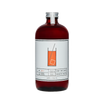
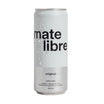






Leave a comment
This site is protected by hCaptcha and the hCaptcha Privacy Policy and Terms of Service apply.